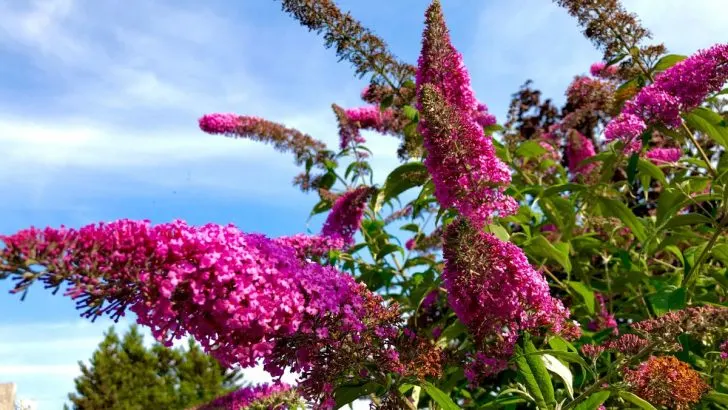Buddleia, commonly known as the butterfly bush, is undeniably beautiful with its vibrant purple blooms and enchanting fragrance reminiscent of lilacs. But before you rush to add this eye-catching plant to your garden, there are some serious downsides you need to consider – downsides that could harm your garden and even the broader ecosystem.
I was disappointed when I first learned about these drawbacks, but I wasn’t willing to risk the well-being of my other plants or the environment. If you haven’t planted a butterfly bush yet, here are some important reasons to think twice.
1. Invasive Growth: Buddleia Can Overtake Your Garden and Beyond
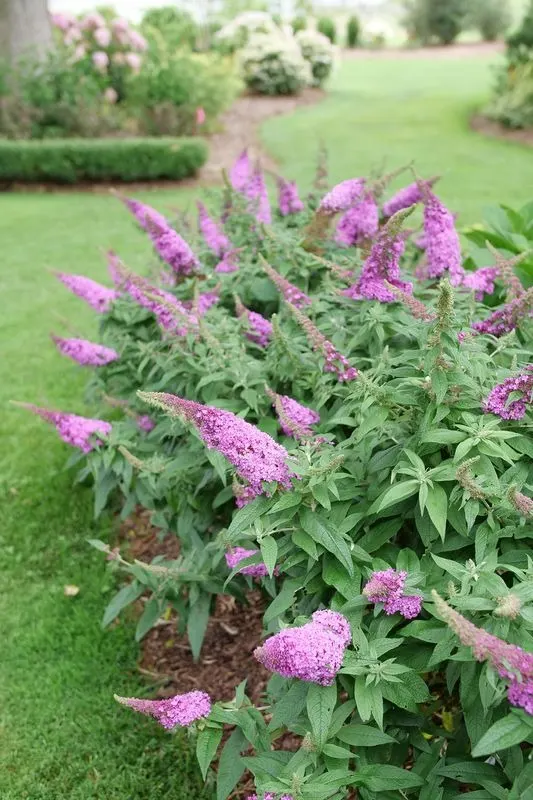
Did you know that a single buddleia plant can produce up to 40,000 seeds? It’s astonishing, but it also spells trouble. With the help of the wind, these seeds can quickly spread not just to your neighbor’s yard but across entire neighborhoods.
This rapid and aggressive spread poses a threat to local ecosystems. How? Buddleia can crowd out native plants, depriving them of space, sunlight, and nutrients. As a result, other plants struggle to thrive, and pollinators – like bees and butterflies – may find themselves with fewer sources of nectar, disrupting their feeding patterns and migration routes.
If you’re serious about supporting local biodiversity and giving a variety of plants and pollinators a chance to flourish, it’s best to steer clear of planting buddleia.
2. Buddleia’s Strong Roots Can Damage Your Property
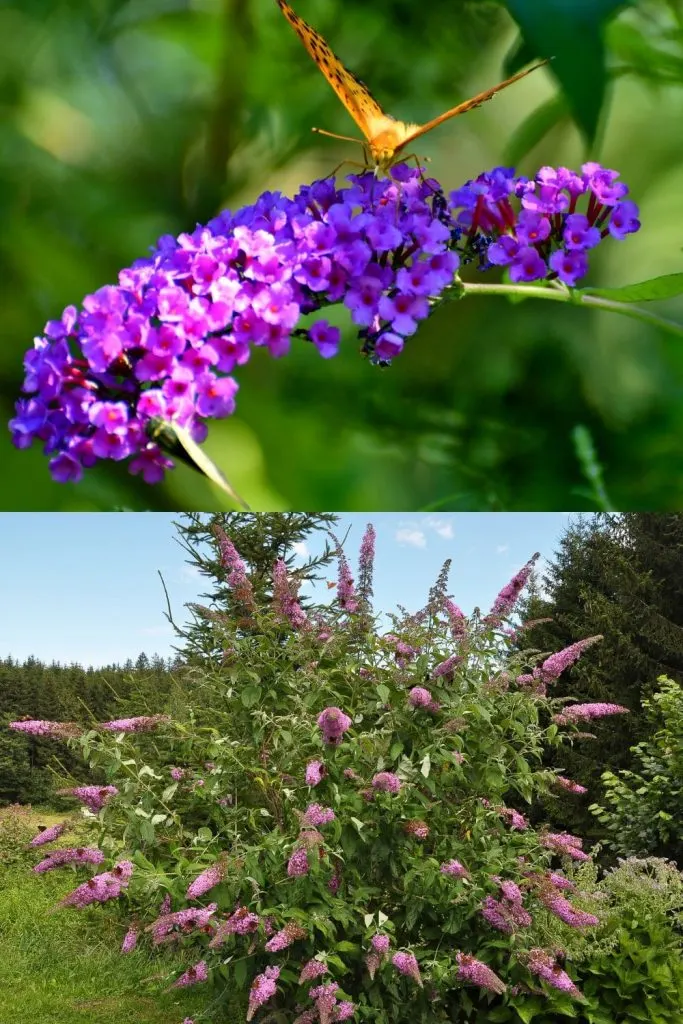
It’s hard to believe, but the roots of a buddleia bush are powerful enough to penetrate through bricks and walls. Yes, you read that correctly!
These robust roots can cause significant damage to fences, patios, and even the foundation of your home if planted too close. The cost of repairing such damage can be astronomical, not to mention the potential for injuries if a structure collapses.
Despite its delicate appearance, buddleia’s invasive roots make it a risky choice for any garden. It’s better to avoid the potential headache and expense by choosing safer, less aggressive plants.
3. Ironically, Butterfly Bush Can Harm the Very Insects It Attracts
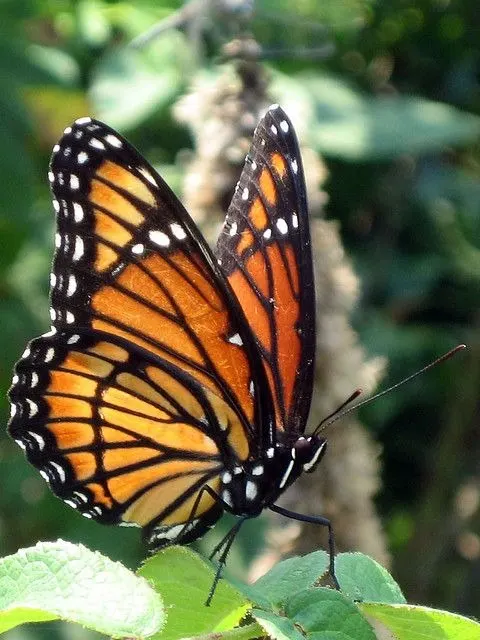
It’s an ironic twist – the butterfly bush, which seems to be a haven for butterflies, can actually be detrimental to their well-being.
While adult butterflies are attracted to buddleia’s nectar, the plant offers nothing for their larvae. Without adequate nourishment from the plant, butterfly larvae can’t survive, leading to a decline in butterfly populations over time.
If you love seeing butterflies fluttering around your garden, it’s far better to plant native flowers that support both the adult insects and their young. This way, you’ll truly be helping these delicate creatures thrive.
4. A Mosquito Magnet You Don’t Want
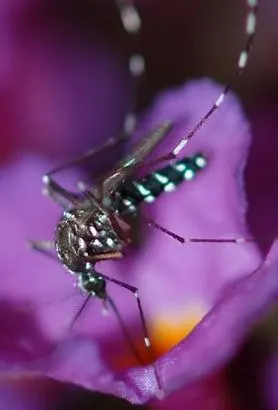
As if the ecological and structural concerns weren’t enough, here’s another reason to reconsider buddleia: it attracts mosquitoes.
These pesky insects are drawn to the plant, and once they’ve found their way into your garden, they’re likely to find their way to you as well. The result? Sleepless nights spent swatting and scratching at bites.
Instead of inviting a mosquito infestation into your yard, it might be wiser to choose plants that repel these annoying insects, allowing you to enjoy your outdoor space in peace.
Is the Beauty of Buddleia Worth the Risk?
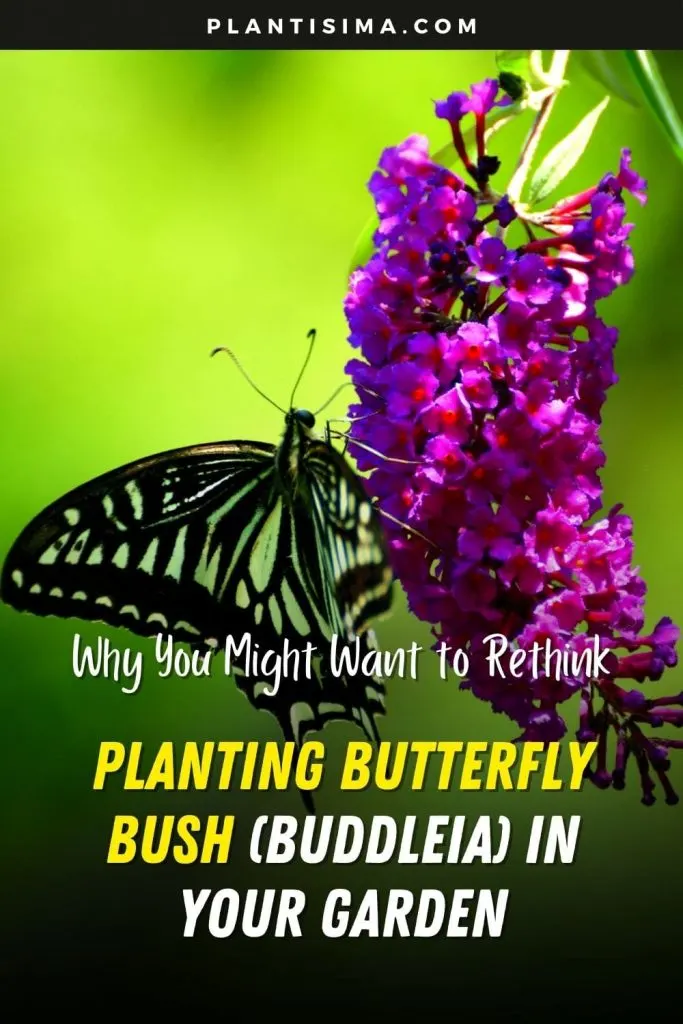
There’s no denying that buddleia is a stunning plant, but its potential to disrupt ecosystems, damage property, and even harm the very butterflies it attracts makes it a questionable addition to any garden.
Before you fall for its charm, remember the impact it could have on your other plants and the environment. There are plenty of beautiful, non-invasive alternatives that can bring just as much color and life to your garden without the risks associated with buddleia.
Stay strong, resist the temptation, and choose plants that will contribute to a healthier, more balanced garden ecosystem.

